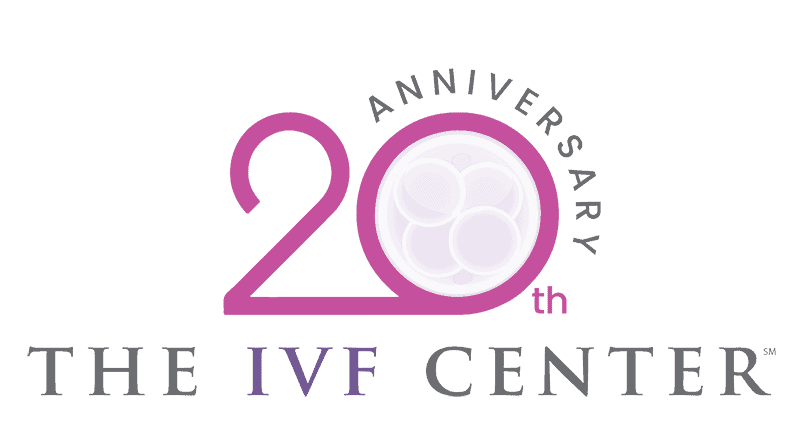Standard Pricing
We are dedicated to providing our patients with the most compassionate and personalized care possible. We will never bill you for services you don’t need and the prices you receive include all taxes and fees.
Despite the latest technology and highest success rates available, statistics show that most women will require more than one IVF cycle to have a baby.
Ask us about bundled services.

- Stimulating the Ovaries: A dose of hormones are given to the woman in order to produce more than one egg, like in a typical cycle. Blood tests and ultrasounds are used to ensure the eggs are retrieved at the precise time.
- Collecting the Eggs: When the woman’s follicles have reached an appropriate stage of development, the eggs will be retrieved using an ultrasound-guided aspiration needle.
- Fertilization: Once eggs are retrieved and the male partner collects his sperm, the eggs are mixed with the sperm in a culture dish. If an egg is fertilized by a sperm, a zygote or pre-embryo will begin to develop. The pre-embryo remains in the incubator for two to five days while it continues to grow and divide.
- Embryo Transfer: A healthy baby starts with a healthy embryo. That’s why we perform Preimplantation Genetic Screening (PGS) with IVF, a procedure to improve the chance for pregnancy by screening embryos for chromosomal abnormalities. After a discussion with the physician, an appropriate number of fertilized eggs (embryos) will be transferred to the uterus to optimize the pregnancy of a single healthy child. This procedure involves an ultrasound being used to guide a catheter through the cervix and into the uterine cavity. The embryo transfer is very similar to a pap test, in that it is generally painless and usually involves no anesthetic.
During a frozen embryo transfer cycle, the uterus is prepared with several medications to make the uterus receptive. This hormonal preparation typically takes 3-4 weeks of time. During this 3-to-4-week period, both hormone levels and the uterine lining are monitored to ensure optimal uterine receptivity. Cryopreserved embryos are then thawed and transferred back into the uterus. Approximately 95% of embryos typically will survive the freeze-thaw process.
Prior to insemination, the sperm are usually washed and concentrated (Placing unwashed sperm directly into the uterus can cause severe cramps). Concentration is accomplished by selectively choosing highly active, healthy sperm that are more capable of fertilizing an egg. Donor sperm are used if the male partner is sterile, has an extremely low sperm count, or carries a risk of genetic disease. A woman planning to conceive without a male partner can also use donor sperm.
OI uses fertility medication to develop a single follicular cyst (follicle) on the ovary for ovulation. COH is offered in ovulatory women and stimulates the ovary to produce more than the usual one follicle per month, so an increased number of eggs are exposed to sperm thereby increasing the chances for pregnancy.
At The IVF Center, embryos can be cryopreserved anywhere from the 2PN stage (24 hours after fertilization) to the blastocyst stage (day 5-6). They are frozen in labeled straws with a plastic topper that is also labeled with the patient’s name, birth date, date of retrieval and the stage of the frozen embryos. The straws are heat sealed and placed in a plastic tube on an aluminum cane that is kept in liquid nitrogen. They are kept at -196°C and the levels of the liquid nitrogen are checked each day. Although they can be kept in this environment permanently, it is up to the patient to decide the disposition of embryos in the future. Consent for embryo freezing or thawing must be provided prior to starting an IVF cycle. There are records kept of each embryo frozen or thawed and all information is confirmed before.
OI uses fertility medication to develop a single follicular cyst (follicle) on the ovary for ovulation. COH is offered in ovulatory women and stimulates the ovary to produce more than the usual one follicle per month, so an increased number of eggs are exposed to sperm thereby increasing the chances for pregnancy.
